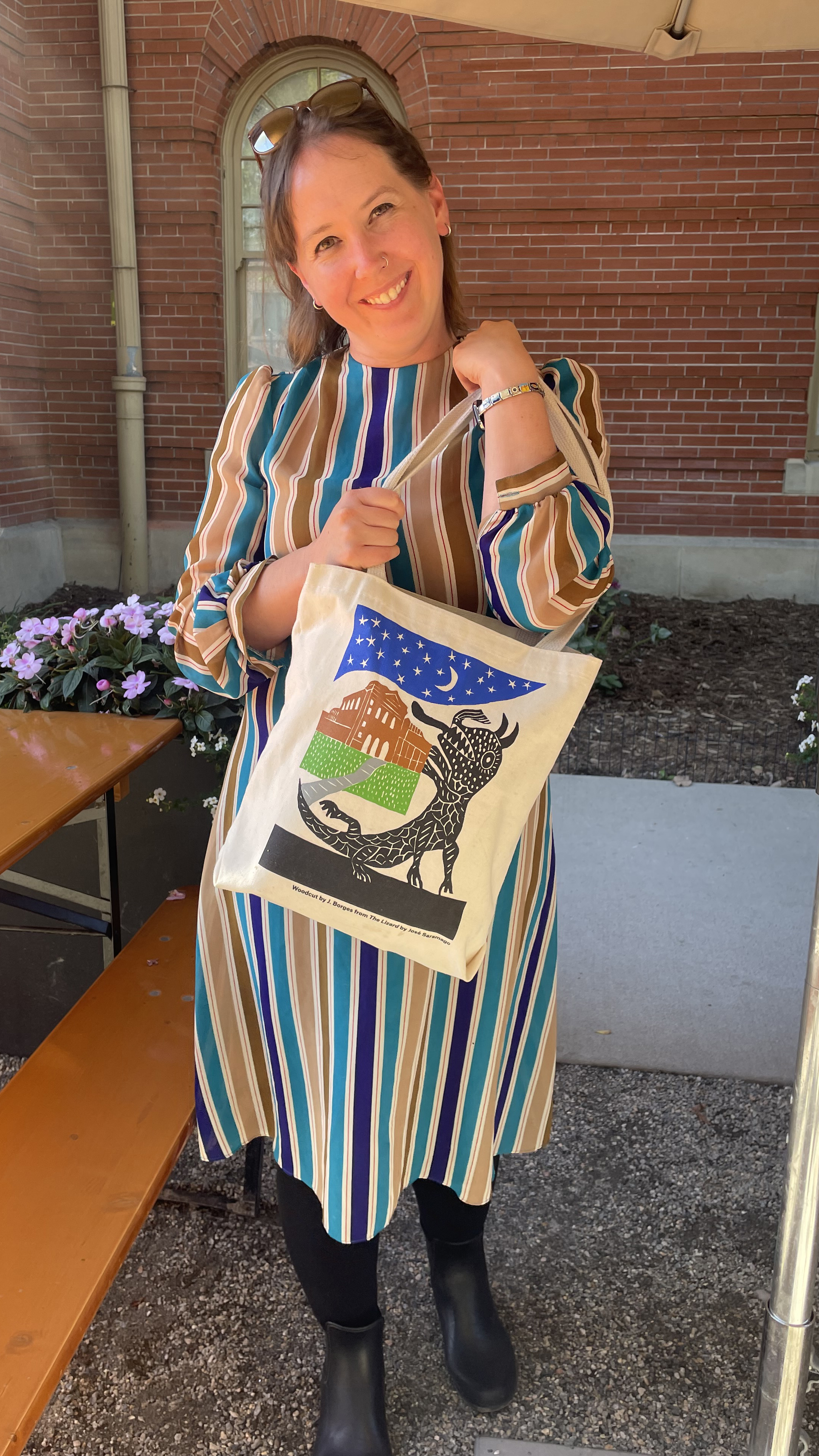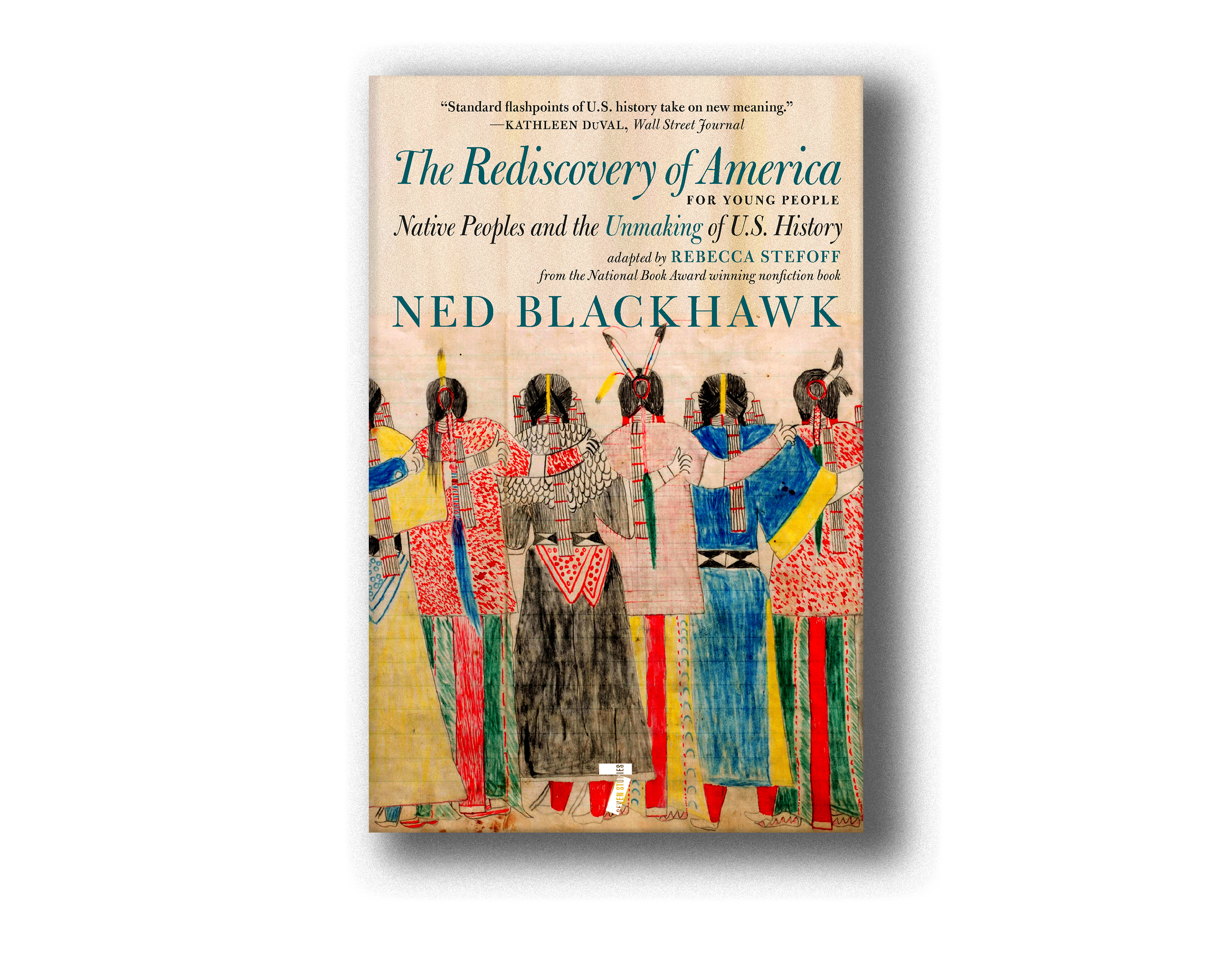Pancho Villa and staff riding near the US border. Ca. 1912.
ZERO: ENTERING HISTORY
I
This is the story of a man who almost always got out of bed in a different place from where he had gone to sleep. He developed this strange habit because — for more than half his adult life, seventeen out of the thirty years before he joined the Revolution — he had been an outlaw, a fugitive from justice, a gunslinger, a thief, a bandit, a cattle rustler. And he feared the night’s vulnerable hours would be his perdition.
A man who felt uncomfortable bareheaded, who had in his youth earned the nickname el Gorra Chueca (Crooked Hat) because he rarely removed his hat, not even to make or return a greeting. After years of research, Villa and his hats became fused in the mind’s eye of this biography’s author, an impression confirmed by Martín Luis Guzmán in The Eagle and the Serpent, “Villa wore his hat [. . .] frequently even when he was in his office or at home.” To provide scientific backing for the matter, this narrator reviewed 217 photographs. In these, Villa appears without a hat in only twenty. Many of these are in situations in which going hatless was almost obligatory: in one, he is swimming, in another four, he is at a funeral or a wake, and in a few others, he is already deceased — his hat having fallen to the ground during the fatal firefight. In the remaining 197 photos, he wears all kinds of hats. There are simple Texan Stetsons, cowboy hats, Federale army hats with visors, enormous huaripas norteños with wide brims and tall crowns, huicholes, broad-brim woven hats, three-cornered texanos, pith helmets, and military visor caps known in those days as “Russians.” His love for hats went so far that, once when he had to conceal his identity, he secured a bowler hat that made him look like a “village priest.”
This is the story of a man whose fighting methods were said to have been studied by Rommel (false), Mao Zedong (false), and Subcomandante Marcos (true); who recruited Tom Mix to the Mexican Revolution (highly improbable, but not impossible), who was photographed next to George Patton (though there’s not much to this as George was then a lowly lieutenant), who hooked up with María Conesa, the most important diva in Mexican history (false, he tried, but failed), and who killed Ambrose Bierce (absolutely false). A man who composed “La Adelita” (false), even if the lyrics to the “Corrido de la Muerte de Pancho Villa” claim that he did, while attributing “La Cucaracha” to him as well . . . but he did no such thing. A man who was a contemporary of Lenin, Freud, Kafka, Houdini, Modigliani, and Gandhi but who had never heard of them. And if he had— because sometimes he read the papers—he probably didn’t assign them the least importance because they were alien to the territory that defined Villa’s whole world: a small strip of the planet stretching from the cities along the border with Texas all the way to Mexico City (which he didn’t like at all). A man who was married (or entered into close, almost marital relationships) twenty-seven times—and who had at least twenty-six children (according to my incomplete inquiries)—but who didn’t seem to be excessively fond of weddings or priests, preferring parties, dancing, and, above all else, his friends and comrades.
A character famous for his drinking, even though he hardly ever touched alcohol, sentenced drunken officers to death, and destroyed barrels of alcoholic beverages in the various cities he controlled. Ciudad Juárez reeked of liquor when he ordered all drink in the bars be poured out into the streets. A man who loved strawberry milkshakes, peanut brittle, queso asadero, canned asparagus, and meat cooked over the fire until it was as tough as shoe leather.
A man with at least three “autobiographies,” none of which he wrote.
A person who barely knew how to read and write but who established more than fifty schools when he was the governor of Chihuahua.
A man who, during the era of the machine gun and trench warfare, deployed the cavalry in combination with nighttime attacks, airplanes, and trains. Etched in Mexico’s memory are the plumes of smoke rising from hundreds of trains conveying the Division of the North towards Zacatecas.
An individual who, despite describing himself as a simple man, loved sewing machines, motorcycles, and tractors.
A revolutionary with the mind of a bank robber who, while a general leading a division of 30,000 men, took time to hide treasure in dollars, silver, and gold in caves and basements, buried in clandestine locations, treasures with which he would later buy ammunitions for his army in a country that did not manufacture bullets.
A person who began by rustling cattle but then created the most spectacular contraband network at the service of a revolution.
A citizen who, in 1916, proposed the death penalty for anyone who committed electoral fraud, a rare phenomenon in Mexican history.
The only Mexican who almost bought a submarine, who rode a magic stallion named Siete Leguas (in reality, his horse was a mare), and who fulfilled the dreams of the narrator’s future generation by escaping from the Tlatelolco military prison.
A man who was hated so intensely that his enemies pumped 150 bullets into the car in which he was killed and whose head they stole from his body three years after his assassination. A man who managed to deceive his persecutors even after death because, although he officially lay at rest in the Monument of the Revolution in Mexico City — a sullen pile of rock lacking in any grace that appears to celebrate the death of a revolution crushed under the weight of fifty years of betrayal — he was actually buried in Parral. This is the story, then, of a man who told stories and about whom stories were told, including the stories he told about himself, in so many and such a wide variety of versions that it sometimes seems impossible to disentangle them.
The historian can do nothing less than study this character with fascination.
II
In the memories of those who survived, the cattle were bigger, the mountains were taller, the plains were wider, the hunger was worse, and the water scarcer, while the fear was merely fleeting. It’s not that those telling the stories are exaggerating; it’s that those who are listening have very little to go on. The narrator has attempted to listen while enveloped in the endless and grandiose rumors arising from Villismo, and from the figure of Pancho himself. Sometimes the narrator feels he has achieved this goal, but not always.
José María Jaurrieta, who accompanied Villa for three years during his guerrilla phase, explained, “If the reader has spent any time in the countryside, especially at night, when loneliness is at its most desperate, they will know the supreme power of the campfire in bringing men together and making them talk.”
Villa told his stories hundreds of times around the campfire, in the dead hours of the night, during long train rides, over endless marches. And those who heard Villa’s stories told others what he had told them. And they told others too. And we are still telling those stories today.
Pancho Villa spoke as if he knew that he would be the subject of passionate public adoration and festering bourgeois hatred, while providing unparalleled material for novels that would never be written. Yet this is not the case; he did not possess a predetermined historical consciousness, rather, his was the simple passion of a master storyteller who knew that credibility lies in the details and that every story either gets better or worse with the retelling, but that there is no obligation whatsoever for each version to sound the same. History does not exist, only stories.
Every storyteller knows that at the end of the day authenticity, the apparent plausibility of his ephemeral and personal truth, lies in the details. Not in what he says — in phrases that might become the property of what is called history — but in how he describes the ring with a fake red stone wagging on someone’s finger, how he talks about the color of their boots. The storyteller knows that exact numbers are essential: 321 men, 11 stallions, and a mare, February 28; that this supposedly precise exactitude, even if untrue, ties the story together, solidifies it, fixes it in the gallery of the real truth.
It is well known that the most frequently repeated stories are not necessarily the most verifiable ones, they are merely that, the most repeated ones. And it is just as obvious that over the course of a long life, a person will be many people, with echoes of each crossing paths with what they are, or what they seem to be.
The author of this book knows and respects these forms of recovering the past. However, beyond this, it is difficult to create history out of these materials. Thus, just as often as he has opted to try to establish “what really happened,” he has just as many times left it up to the reader to decide for themselves, or to enjoy—along with the author — moving between narratives that are oftentimes contradictory. This is why throughout history there are so many versions that do not harmonize in their details.
While writing this book, the narrator suffered and quarreled with the marvelous universe of Villista storytellers and “liars” who were kicked out of the official history, only to find their way back into social and popular history by the glorious paths of tall tales, anecdotes, oral tradition, and legend.
Villa’s opponents were no more truthful, but they relied on, and they continue to rely on, fraudulent documentation, exaggerated military reports (that remain hidden in the archives), clouds of smoke that obscure, official silences, compulsory versions, and professional historians. That is, they lie from positions of power.
III
Villismo — and Villa, in particular — generate dual appreciations that are, even among his admirers, in the best case, condescending. A combination of admiration, repulsion, fascination, fear, love, and hate. For the twenty-first century civilized (rare enough) observer, Villa’s thirst for social revenge, his furor, his contempt for his own life and those of others, and his terrible affinity for violence can be disconcerting and frightening. Going in search of Villa as Robin Hood but finding Long John Silver is usually dangerous. It’s much better to simply tell his story.
For those who would like the past to work like the Bible, or provide a road map, a clear moral, a manual to correct present wrongs, this is the wrong book. The past is a chaotic story that is read contentiously from today’s point of view. This fact obliges an even moderately intelligent historian to describe the past, not to judge it, to chew it over, to put it in such an order as to manipulate information to make it conform to a hypothesis. Most important of all, it must not be censored, so that the reader may form their own interpretation, judge history for themselves, and decide upon affinity, love, or reprobation. This is the reader’s responsibility. We start from the assumption that Pancho Villa himself does not deserve a prettified version, neither does this author who dedicated four years to this work, and finally, neither does the reader.
IV
In this work photographs have been treated like informational material and not like illustrations and, therefore, are irregularly distributed throughout, concentrated at certain moments in the life of its principal character and practically absent at others.
Literature covering the Revolution has been used in the same manner, trying to separate fact from fiction (Campobello, Rafael F. Muñoz, Azuela, Martín Luis Guzmán). However, it is rarely possible to do so with certainty because of the abundance of source material and the impact of subjective considerations and impressions which are hidden in both the facts and the fiction, as will be the case in the following pages.
Lamentably, Villa’s voice, which appears frequently in the text in between quotation marks, is not completely his own; rather, many times it is the voice given to him by his secretaries, his biographers, and his scribes.
Canonized as one of the greatest military commanders of all time, Pancho Villa used calvary charges to rout superior armies in battle after battle, turning the tide in campaigns that kept the dream of the Mexican revolution alive even after its founding principles had been betrayed. Here in this magisterial biography of Villa, novelist, biographer, historian, and crime fiction writer Paco Ignacio Taibo II presents a new vision of Villa not only as a master of war but also as the living incarnation of the revolutionary hopes of a great nation. Taibo’s irreverent and conversational style, together with his deep research, make Pancho Villa a major advance in our understanding of the Mexican revolution and its most explosive leader. Until now, Villa has been defined and interpreted mostly by his enemies. Here, for the first time, he finds himself among friends.







